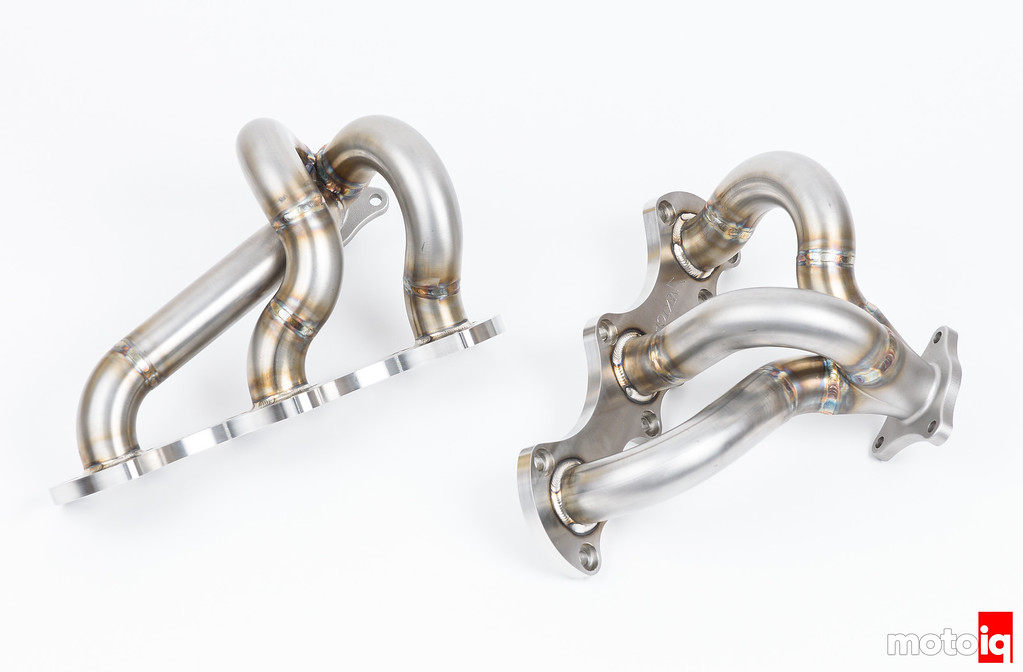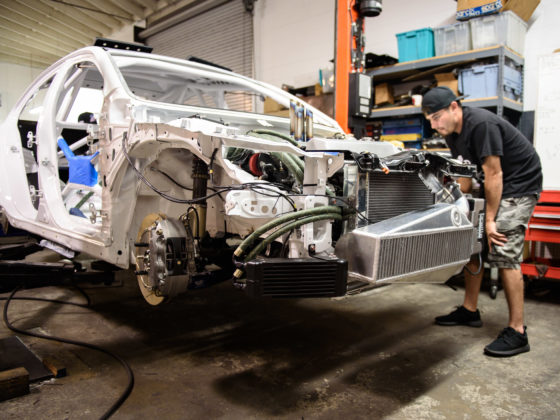




The Vektor equal length runners not only flow better, but also offer better tuning to further improve scavenging of the spent exhaust from the engine’s cylinders. The smoother convergence of equally spaced exhaust pulses should also help spool the turbo faster.




6 comments
After admiring Porsche’s from afar for years and pretty much driving every Porsche made from the 60-90’s my thought has always been work harder and save up for the Turbo model. But since every model is now turbo like you point out and with the aftermarket coming to the rescue like these Vecktor headers it doesn’t seem that thought it really as valid anymore. Porsche’s in particular are known to be one of those cars that aftermarket parts often make less hp than stock so it’s great to see the opposite.
The 991.2 turbo is in another world compared to the 991.2 carrera.
You’re going to spend a ton of money to get the 3.0L to the 3.8L level.
I’ve heard from monstaka (french tuner) that catless pipes made a huge difference on their 510hp 991.2 S.
The base Carrera does start $70k below the base Turbo. Suppose you start with the Carrera GTS which has the biggest turbos and is $40k cheaper than a base Turbo. A tune alone on 93 octane bumps up the power 19%, or just short of the Turbo.
The biggest exhaust restrictions on the 911s are the headers and cats. On the stock tune, there’s not much to be gained with an exhaust, but they may be different with a tune. Add in headers to the tune on a GTS and it should be right at Turbo power. So basically for about $5k. Granted, your warranty is probably gone. The GTS does weigh about 200lbs less than the Turbo. Add some high flow cats and intercoolers for even more power. I’d guesstimate another 30whp or so.
I agree, Porsche aftermarket parts, as well as other exotic and semi-exotic cars, often have poorly engineered and validated performance parts that are both expensive and not performance enhancing. Sometimes they are poorly made as well. I have been surprised that the parts for Japanese cars for instance from reputable manufacturers are often made better and perform better. These Vektor Performance headers are impressive however in construction quality, engineering, and performance increase. I would really like to add a cat back and an access port to these. A few tweaks and you could probably get a Carrera to easily give the high buck Turbos and GT3’s the business.
With pure bolt-ons (exhaust, headers, ICs, hybrid turbos), E85, and COBB AccessPort, it’ll do over 600whp. Figure you buy a base model off lease for ~$70k, you can have a 600whp Turbo beating car for under $90k.
From what I understand the engine is very reliable at this power level as well.